 |
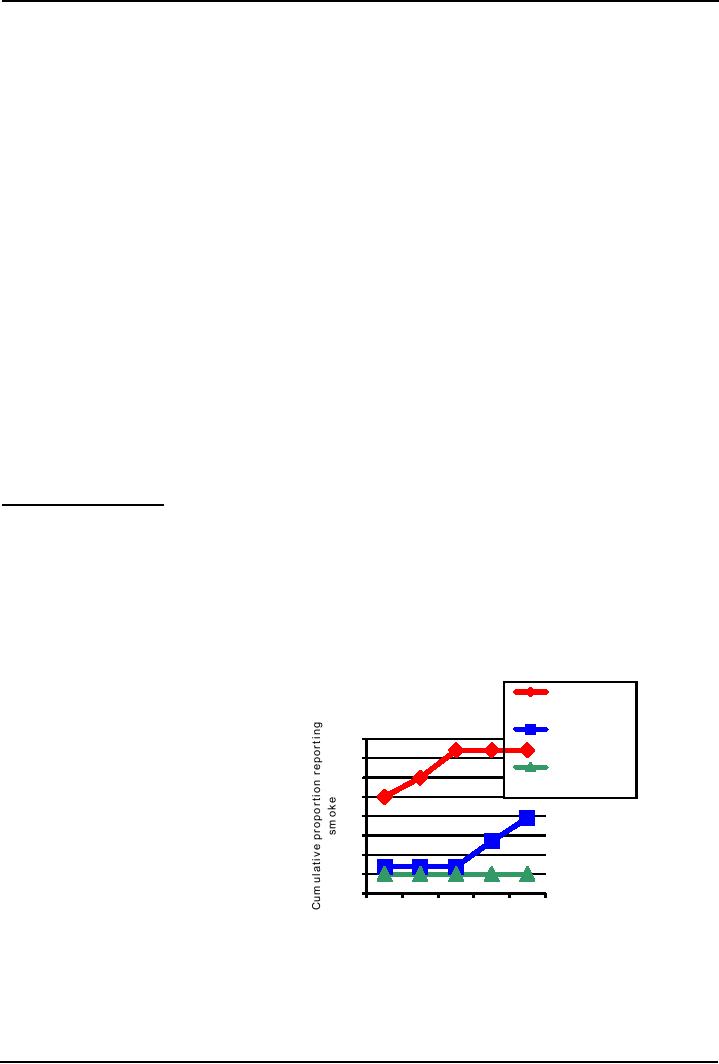
Social
Psychology (PSY403)
VU
Lesson
38
PROSOCIAL
BEHAVIOR (CONTINUE.........)
Aims
To
introduce psychological aspects of
prosocial behaviour
Objectives
�
Discuss
different explanations of helping
behavior: Why do we
help?
�
Evaluate
the Bystander Intervention
Model
�
Discuss
two psychological processes
that can prevent
helping
�
Describe
Emotional arousal & Cost-Reward Assessments in the
process of
prosocial
behavior
�
Describe
the individual variables affecting
prosocial behavior: Who
helps?
Bystander
Intervention
Two
psychological processes can prevent
helping at different
stages
�
The
audience inhibition effect (stage
1)
�
Diffusion
of responsibility (stage 2)
The
audience inhibition
effect
People
are inhibited from helping
for fear of negative
evaluation by others if they
intervene and the
situation
is not an emergency
Latane
& Darley (1968)
�
Recruited
male college students for a
study on problems of urban
life
�
Hypothesized
that when others are
present, people are less
likely to perceive a
potentially
dangerous
situation as an emergency, especially
when others seem
unconcerned.
�
Participants
sitting in a room completing a
questionnaire
�
Three
experimental conditions: participant
alone, with 3 other
participants or with 2 unconcerned
confederates
�
White
smoke starts entering the
room through a small air
vent
�
After
6 minutes too thick to see
through!
�
What
would the participant do
Alone
in
different situations?
Audience
inhibition
3
naive
The
results are illustrated in Figure
1:
80
participants
70
2
passive
The
graph above shows that when
alone
60
confederates
75%
of the time the participant
finally
50
left
the room to report the emergency.
40
However,
when the participant
was
30
others
in only 38% of the trials,
did a
20
single
person report the incident
before
10
the
six-minute mark. As opposed
to
0
these
two conditions, when others
were
2
3
4
5
6
calm
more audience inhibition effect
Time
from smoke infusion
(minutes)
occurred.
The researchers concluded
that
when others are present,
people:
�
not
only are less likely to
define
a
potentially dangerous situation as
emergency
�
respond
more slowly
157
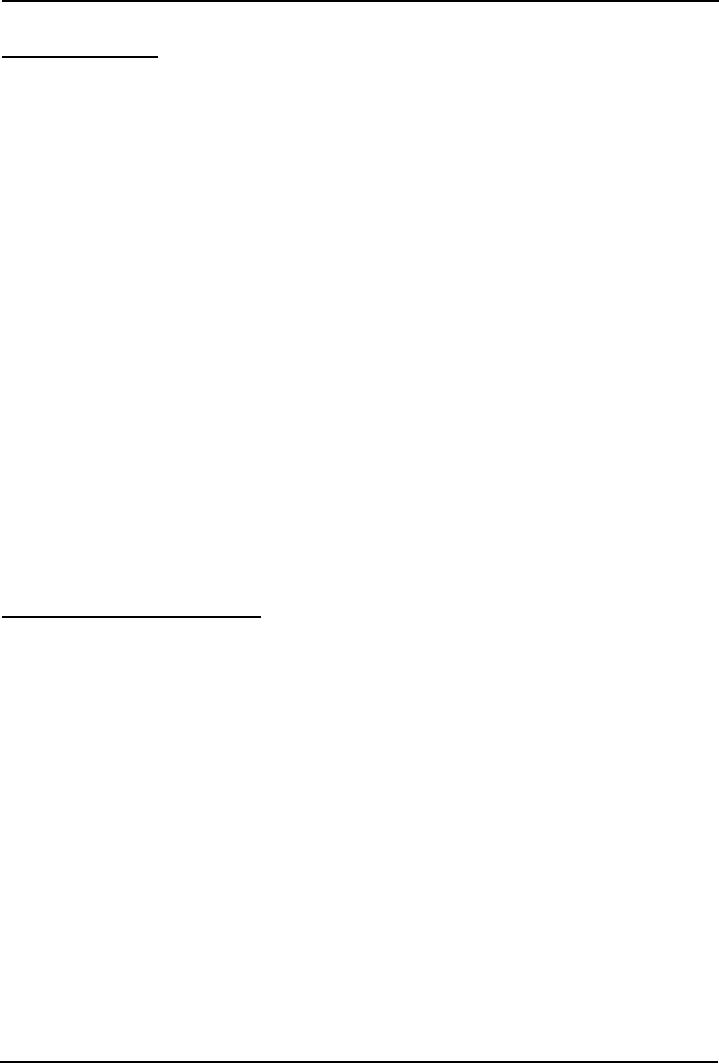
Social
Psychology (PSY403)
VU
Another
study was conducted to investigate the
audience inhibition effect.
Latane
& Rodin (1969)
�
Experimenter
leaves participant in a
room
�
After
several minutes a tape is played in which
a crashing sound is heard and then
the
experimenter's
screaming...
�
"Oh my
God, my foot...I ..I..can't
move...it..... Oh . my ankle...I...can't get
this...thing...off me...."
�
70%
helped when alone, only 7%
helped with unconcerned
confederates!
Explanations
of audience inhibition
�
Evidence
comes from conformity
research (experiments of Sherif
and Asch).
�
Information
influence (looking to others to
define uncertain situations):
When we are not clear
how
to
define a particular situation, we
are likely to become dependent on
others for a definition
of
social
reality. Thus when a group of
people witnesses a possible emergency,
each person bases
his
interpretation
of the event partly or exclusively on the
reaction of others. In "Smoke" and
"Woman
in
distress" studies, others' behavior
significantly inhibited
helping.
�
Normative
influence (fear of being
negatively evaluated - `losing
your cool'). People have learned
to
maintain a calm "exterior" so that
other people do not evaluate
us negatively.
�
Postexperimental
debriefing with the participants
indicated that some
participants who did
not
intervene
claimed that they were
either unsure of what had occurred or
did not think that
the
situation
was very serious.
Diffusion
of responsibility
In
some situations there is a clear emergency
(not ambiguous and no fear of `getting it
wrong'). When
others
are present people believe
they are less personally
responsible.
Darley
and Latane believed that
this realization that others
could also help diffused the
neighbours' own
feelings
of individual responsibility. They
called this response to
others' presence the
diffusion
of
responsibility--the
belief that the presence of
other people in a situation
makes one less
personally
responsible
for events that occur in
that situation.
Experiment
of Darley & Latane
(1968)
�
In
this study, participants
(New York University
students) thought that they
were participating in a
discussion
about the kinds of personal problems undergraduates
typically face in a large
urban
environment.
�
They
were also told that to avoid
embarrassment, they each
would be placed in separate booths
and
would
talk to one another using an intercom
system. The way the intercom
system worked was
that
only
one person could speak at a
time, and the others had to
merely listen.
�
Experimenter
said would not be listening
in on intercom
�
The
study included three different
conditions. Some participants were
told the discussion would
be
with
just one other student,
while others were told they
were either part of a three-person or a
six-
person
group.
�
Discussion
began with the first speaker
stating that he was an
epileptic who was prone to
seizures
when
studying hard or when taking
exams. When everyone else
had spoken, the first speaker
began
to
talk again, but now he
was speaking in a loud and
increasingly incoherent
voice.
�
All
other discussants were tape
recordings.
�
The
percentage of helping decreased as
the number of strangers present
increased.
�
In
many replications when alone
75% helped vs. 53%
when with others.
�
People
deny that the presence of
others affected their
inclination to help.
158
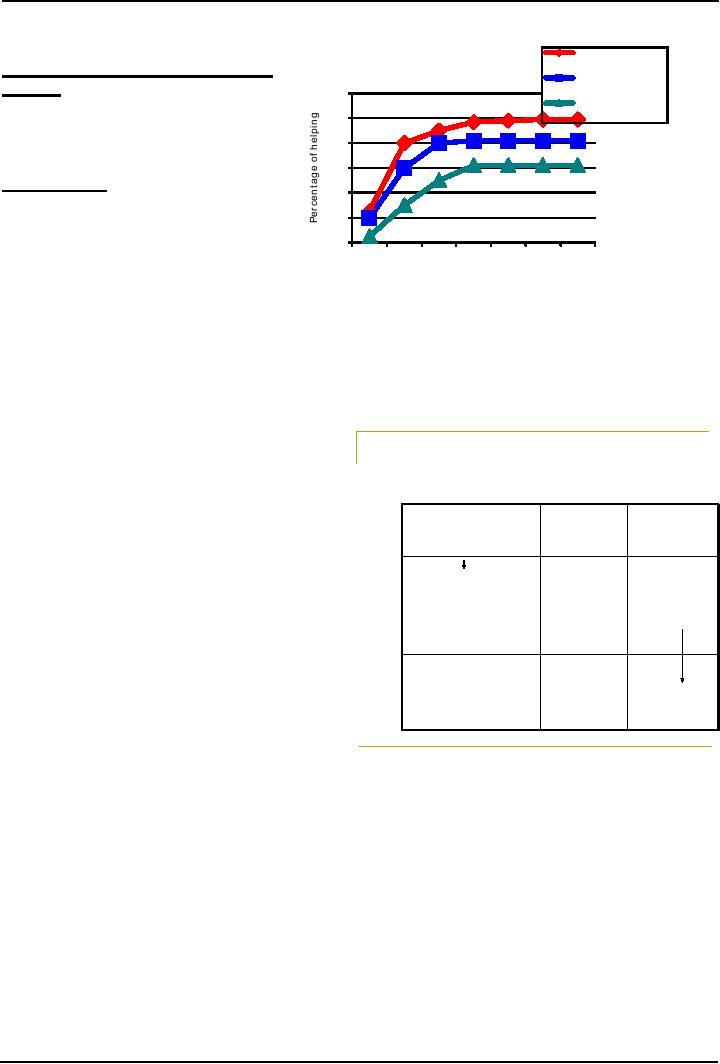
Social
Psychology (PSY403)
VU
The
experiment described above is illustrated
in Figure 2:
Participant
alone
Diffusion
of responsibility
Diffusion
of responsibility on the
Participant
with a
Internet
stranger
120
�
Diffusion
of responsibility also
Participant
with four
strangers
100
occurs
when people need
help
on
the Internet
80
60
Markey
(2000):
40
�
More
than 4,800 people
were
20
monitored
in 400 different
Internet
chat groups over a
0
month's
time to determine the
40
80
120
160
200
240
280
Seconds
from beginning of
fit
amount
of time it took to render
assistance
to someone who
asked
for help.
�
It
took longer for people to
receive help as the number of
people present in a
computer-mediated
chat
group increased.
�
However,
this diffusion of responsibility
was virtually eliminated and
help was received
more
quickly
when help was asked
for by specifying a bystander's
name.
Emotional
arousal
&
Cost-Reward
Emotional
Arousal and Cost-Reward
Assessments
assessments
Piliavin et al.
(1981)
(
Piliavin et al. (1981)
)
Latane
and Darley explain the social
problem of
non-intervention;
Piliavin describes why
we
Cost
for direct help
Low
High
decide
to help in emergency. Jane Piliavin
and
Cost
for no help
her
colleagues (1981) attempted to answer
this
question
by developing a theory of
bystander
High
Direct
Indirect
intervention
that extends and complements
intervention
intervention
Latane
and Darley's model. These
researchers
OR
added
to the decision-making equation by
Redefinition
focusing
on bystanders' emotional arousal
of
situation
during
an emergency and their assessment of
the
Low
Variable:
Leaving
the
costs
of helping and not helping.
Essentially,
perceived
scene
their
work focuses on the later
part of Latane
norm
ignoring,
and
Darley's model, namely,
deciding on
denial
personal
responsibility (step 2),
deciding what to
do
(step 3), and implementing
action (step 4).
According
to their arousal
cost-reward model of helping,
witnessing an emergency is
emotionally
arousing
and is generally experienced as an uncomfortable
tension that we, as
bystanders, seek to
decrease.
This
tension can be reduced in several
different ways. We could intervene
and thereby decrease
our
arousal,
but we could also reduce
arousal by either ignoring danger signs
or benignly interpreting them as
nothing
to worry about.
What
are the costs to the bystander for
helping? This could involve
a host of expenditures, including
loss of
time,
energy, resources, health
(even life), as well as the
risk of social disapproval and
embarrassment if the
help
is not needed or is ineffective. If
both types of costs are low,
intervention will depend on the
perceived
social
norms in the situation. The
most difficult situation for
bystanders is one in which the
costs for
helping
and for not helping are
both high. Here, the arousal cost-reward
model suggests two likely
courses
of
action:
159

Social
Psychology (PSY403)
VU
1.
One is for bystanders to
intervene indirectly by calling the
police, an ambulance, or some
other
professional
helping source.
2.
Another course of action is
for bystanders to redefine the
situation in a way that
results in them not
helping.
Here, they could decide there
really is no emergency after all, or
that someone else
will
help,
or that the victim deserves to
suffer.
This
theory's consideration of these two
cost factors cannot explain the behavior
of heroes, but it
does
explain
the behavior of more ordinary bystanders
in emergency situations. However, a number of
studies
support
the arousal cost-reward model's hypothesis that people
often weigh the costs of
helping and not
helping
prior to rendering
assistance.
Who
Helps?
Positive
and negative
moods
�
Alice
Isen (1970) administered a series of
tests to college students
and teachers
�
Three
experimental and one control condition:
In experimental conditions, participants
were later
told
that they had either
performed very well or very
poorly. The third group
was told nothing at
all
about
their performance. In addition to these
three experimental conditions, a control
group was not
administered
any tests at all.
�
The
participants who had "succeeded" at the
tests were later more likely to
help a woman
struggling
with an armful of books than
any of the other
participants.
�
This
good
mood effect following
success has been replicated
in other studies (Klein,
2003)
�
People
in good mood are more likely
to help due to following
reasons:
�
Perceive
other people as "nice,"
"honest," and "decent," and
thus deserving of our
help.
�
We
help others to enhance or
prolong our good
mood.
�
When
happy, we are less likely to
be absorbed in our own
thoughts; thus, we are more
attentive
to
others' needs.
�
A
fourth possibility is that
good moods increase the
likelihood that we think
about the
rewarding
nature of social activities in general.
Other
Research:
People
are more likely to help
others:
�
on
sunny days than on cloudy
ones (Cunmngham, 1979)
�
after
finding money or being
offered a tasty treat (Isen & Levin,
1972)
�
after
listening to uplifting music or
seeing a comedy (North et al.,
2004; Wilson, 1981).
Bad
moods and seeking
relief
�
Isen
and her coworkers (1973) found that
people who believed they had
failed at an experimental
task
were more likely to help another person
than those who did
not experience failure.
�
Although
this response certainly
seems to contradict the good
mood effect just described,
one
possible
link between the two moods is the
rewarding properties of
helping.
�
Negative
moods sometimes
lead
to more helping because helping
others often makes us feel
good
about
ourselves, when feeling bad we
may help as a way of
escaping our mood--just as we
help
when
we are in a good mood to
maintain that mood.
Michael
Cunningham and his colleagues
(1980):
�
Feeling
guilty can also increase
helping behavior. Michael
Cunningham and his colleagues
(1980)
conducted
a field study in which
individuals were approached on the street
by a young man who
asked
people to use his camera to
take his picture for a
class project.
160
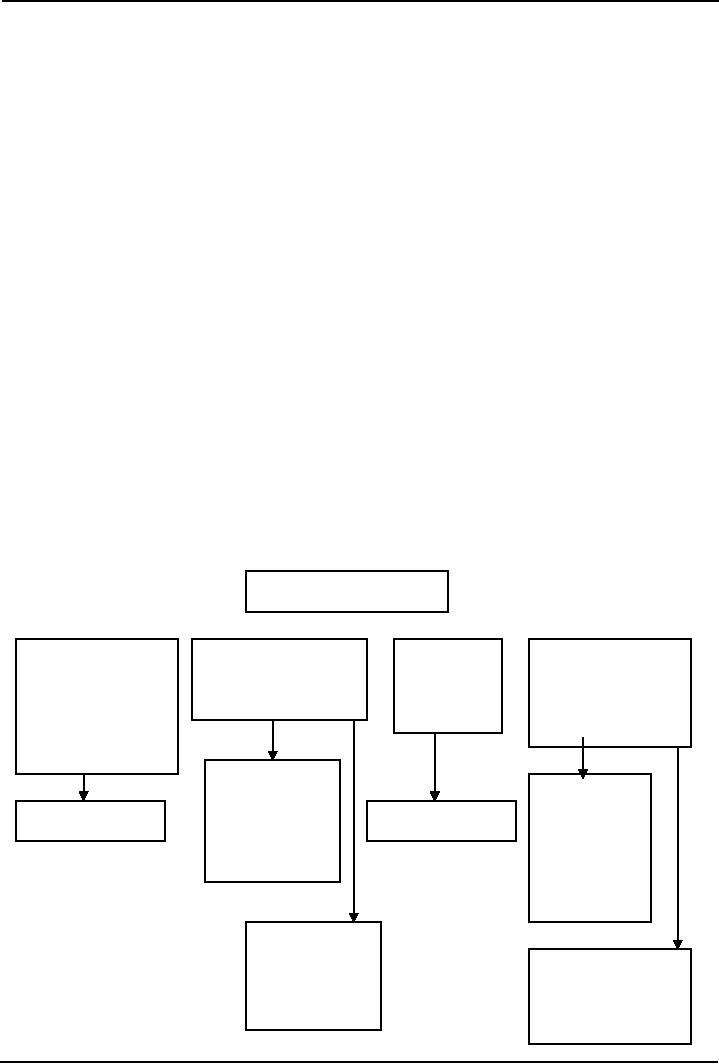
Social
Psychology (PSY403)
VU
�
The
problem for the would-be helpers
was that the camera had
been rigged to malfunction.
When
the
helpers realized the camera was
not working, the young man
examined camera closely
and
asked
the helpers if they touched any of the
dials.
�
He
then informed them that it
would have to be repaired. The
researchers assumed that
such an
encounter
would induce a certain
degree of guilt in these
individuals.
�
These
now guilty people passed a
young woman who suddenly
dropped a file folder
containing
some
papers.
�
How
do you think they responded
to this needy
situation?
�
Only
40% of the passersby who had
no broken camera experience paused to
help; in comparison
80%
of guilty helped.
Debate
over the effect of negative
mood on prosocial behavior
Although
these studies demonstrate
that negative moods can
also lead to prosocial
behavior, Robert
Cialdini
and Douglas Kenrick (1976) attempted to
explain why this is the case
by proposing that when
we
are
in a bad mood, our decision to
help is often based on a
simple self-serving question:
Will helping make
us
feel better? For those in a bad
mood, helping when we are in
a bad mood, if the perceived benefits
for
helping
are high and the costs
are low, the expected reward
value for helping will be
high, and thus, we will
likely
help to lift our own
spirits. However, if the perceived
benefits and costs are
reversed so that the
reward
value is low, we are
unlikely to help. Essentially,
this model predicts that bad
moods are more likely
to
lead to helping than neutral
moods when helping is easy
and highly rewarding. Studies suggest
that when
we
experience extremely negative moods,
such as grief or depression, we
may be so focused on our
own
emotional
state that we simply don't
notice others' needs and
concerns (Carlson & Miller,
1987). Other
studies
suggest that even when
experiencing less severe
negative moods, we are less
likely to help than
those
who are in good moods
(Isen, 1984). The "negative
state relief model" answers
this debate by
asserting
that perceived benefits for
helping determine whether bad
mood will lead to help or
not (Cialdini
&
Kenrick, 1976).
The
varied effects of mood on
helping:
Good
mood
Greater
attention
Desire
to prolong
More
More
likely to
to
social
good
mood
likely
to
think
about the
environment
perceive
rewarding
nature
increases
likelihood
people
in a
of
social activities
of
noticing other's
needs
More
helping
More
if
help is
helping
if
More
helping
More
helping
expected
to
help
is
maintain
expected
to
mood
bring
rewards
Less
helping if
help
is
Less
helping if
expected
to
help
is not
destroy
mood
expected
to bring
rewards
161
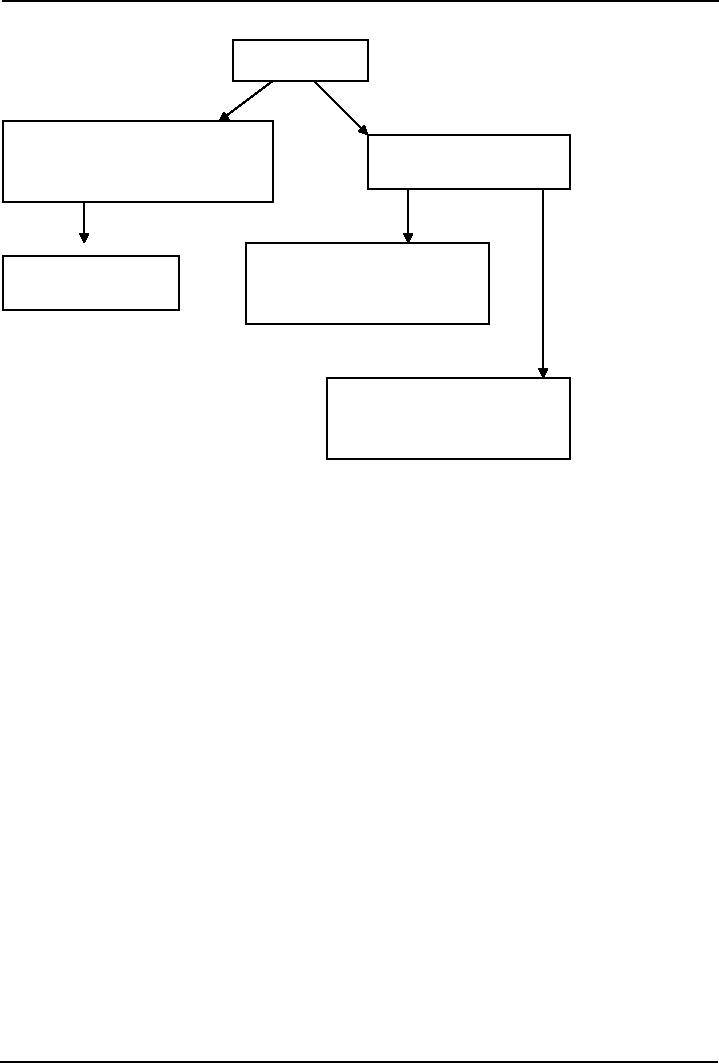
Social
Psychology (PSY403)
VU
Bad
mood
Self
focused attention
reduces
Desire
to improve
likelihood
of noticing other's
mood
needs
More
helping unless costs
Less
helping
are
believed to out weigh
rewards
Less
helping if mood is
elevated
by some other
sources
Reading
�
Franzoi,
S. (2003). Social
Psychology. Boston:
McGraw-Hill. Chapter 14.
Other
Readings
�
Lord,
C.G. (1997). Social
Psychology. Orlando:
Harcourt Brace and Company. Chapter
8.
�
David
G. Myers, D. G. (2002). Social
Psychology (7th ed.).
New York:
McGraw-Hill.
�
Taylor,
S.E. (2006). Social
Psychology (12th ed.). New York: Prentice
Hall.
162
Table of Contents:
- INTRODUCTION TO SOCIAL PSYCHOLOGY:Readings, Main Elements of Definitions
- INTRODUCTION TO SOCIAL PSYCHOLOGY:Social Psychology and Sociology
- CONDUCTING RESEARCH IN SOCIAL PSYCHOLOGY:Scientific Method
- CONDUCTING RESEARCH IN SOCIAL PSYCHOLOGY:Evaluate Ethics
- CONDUCTING RESEARCH IN SOCIAL PSYCHOLOGY RESEARCH PROCESS, DESIGNS AND METHODS (CONTINUED)
- CONDUCTING RESEARCH IN SOCIAL PSYCHOLOGY OBSERVATIONAL METHOD
- CONDUCTING RESEARCH IN SOCIAL PSYCHOLOGY CORRELATIONAL METHOD:
- CONDUCTING RESEARCH IN SOCIAL PSYCHOLOGY EXPERIMENTAL METHOD
- THE SELF:Meta Analysis, THE INTERNET, BRAIN-IMAGING TECHNIQUES
- THE SELF (CONTINUED):Development of Self awareness, SELF REGULATION
- THE SELF (CONTINUE…….):Journal Activity, POSSIBLE HISTORICAL EFFECTS
- THE SELF (CONTINUE……….):SELF-SCHEMAS, SELF-COMPLEXITY
- PERSON PERCEPTION:Impression Formation, Facial Expressions
- PERSON PERCEPTION (CONTINUE…..):GENDER SOCIALIZATION, Integrating Impressions
- PERSON PERCEPTION: WHEN PERSON PERCEPTION IS MOST CHALLENGING
- ATTRIBUTION:The locus of causality, Stability & Controllability
- ATTRIBUTION ERRORS:Biases in Attribution, Cultural differences
- SOCIAL COGNITION:We are categorizing creatures, Developing Schemas
- SOCIAL COGNITION (CONTINUE…….):Counterfactual Thinking, Confirmation bias
- ATTITUDES:Affective component, Behavioral component, Cognitive component
- ATTITUDE FORMATION:Classical conditioning, Subliminal conditioning
- ATTITUDE AND BEHAVIOR:Theory of planned behavior, Attitude strength
- ATTITUDE CHANGE:Factors affecting dissonance, Likeability
- ATTITUDE CHANGE (CONTINUE……….):Attitudinal Inoculation, Audience Variables
- PREJUDICE AND DISCRIMINATION:Activity on Cognitive Dissonance, Categorization
- PREJUDICE AND DISCRIMINATION (CONTINUE……….):Religion, Stereotype threat
- REDUCING PREJUDICE AND DISCRIMINATION:The contact hypothesis
- INTERPERSONAL ATTRACTION:Reasons for affiliation, Theory of Social exchange
- INTERPERSONAL ATTRACTION (CONTINUE……..):Physical attractiveness
- INTIMATE RELATIONSHIPS:Applied Social Psychology Lab
- SOCIAL INFLUENCE:Attachment styles & Friendship, SOCIAL INTERACTIONS
- SOCIAL INFLUENCE (CONTINE………):Normative influence, Informational influence
- SOCIAL INFLUENCE (CONTINUE……):Crimes of Obedience, Predictions
- AGGRESSION:Identifying Aggression, Instrumental aggression
- AGGRESSION (CONTINUE……):The Cognitive-Neo-associationist Model
- REDUCING AGGRESSION:Punishment, Incompatible response strategy
- PROSOCIAL BEHAVIOR:Types of Helping, Reciprocal helping, Norm of responsibility
- PROSOCIAL BEHAVIOR (CONTINUE………):Bystander Intervention, Diffusion of responsibility
- GROUP BEHAVIOR:Applied Social Psychology Lab, Basic Features of Groups
- GROUP BEHAVIOR (CONTINUE…………):Social Loafing, Deindividuation
- up Decision GROUP BEHAVIOR (CONTINUE……….):GroProcess, Group Polarization
- INTERPERSONAL POWER: LEADERSHIP, The Situational Perspective, Information power
- SOCIAL PSYCHOLOGY APPLIED: SOCIAL PSYCHOLOGY IN COURT
- SOCIAL PSYCHOLOGY APPLIED: SOCIAL PSYCHOLOGY IN CLINIC
- FINAL REVIEW:Social Psychology and related fields, History, Social cognition